Free delivery from Fr. 300 of purchase or 18 bottles, otherwise Fr. 15
Suisse
283 items

La Côte, Féchy Hommage à Hans Freitag, A Villars - 2015
La Côte

La Côte, Féchy Hommage à Philippe Suardet, A Villars - 2015
La Côte
Syrah de Chamoson V. Vignes, Simon Maye et Fils - 2015
Valais

VdP, Empreinte noire, Le Gd-Clos, J-M Novelle
Vin de Pays Romand

VdP, Empreinte marine, Le Gd-Clos, J-M Novelle
Vin de Pays Romand
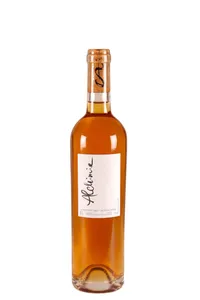
Alchimie liquoreux, Christophe Abbet (50 cl) - 2010
Valais

VdP, Point final V (pinot noir), Le Gd-Clos, J-M Novelle
Vin de Pays Romand
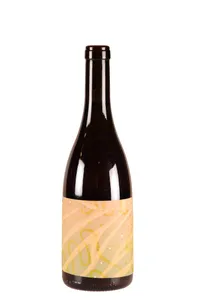
Bielersee, Aroma der Landschaft, Pinot gris (vin orange), Schott - 2020
Bielersee
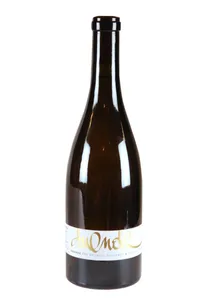
Duende, Maurice Zufferey & Jacques Perrin - 2017
Valais

VdP, Empreinte épicée, Le Gd-Clos, J-M Novelle
Vin de Pays Romand

Valais, Cuvée Milo, Weingut Cipolla - 2020
Valais

Cornalin, Domaine de Beudon - 2019
Valais
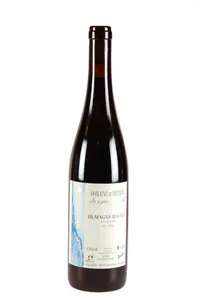
Humagne rouge Vieilles Vignes, Domaine de Beudon - 2019
Valais

La Côte AOC, Amédée Hors-Série, Colombe - R. Paccot - 2019
La Côte
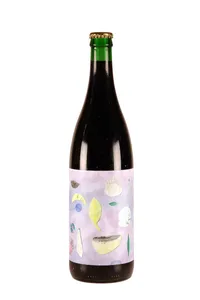
Bielersee, Pinots vom Chapf (schiller rouge), Schott (100 cl) - 2021
Bielersee

Astrance, Maurice Zufferey & Jacques Perrin - 2019
Valais

Tout ce qui flotte dans l'air..., Maurice Zufferey & Jacques Perrin - 2019
Valais
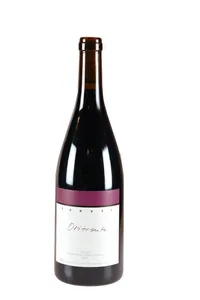
Ticino, Orizzonte, Christian Zündel - 2021
Merlot del Ticino
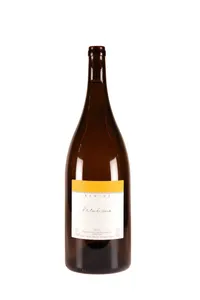
Ticino, Velabona (chardonnay), Christian Zündel (magnum) - 2021
Ticino

La Côte, Pinot noir Girarde Réserve, Colombe - R. Paccot - 2020
La Côte
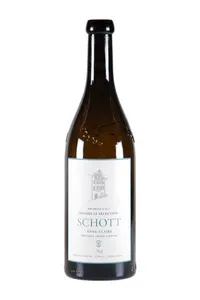
Bielersee, Chasselas Sélection, Schott - 2022
Bielersee
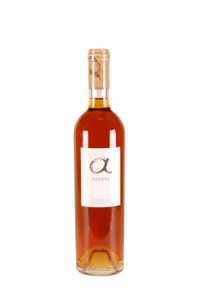
Ambre, Christophe Abbet (50 cl) - 2012
Valais
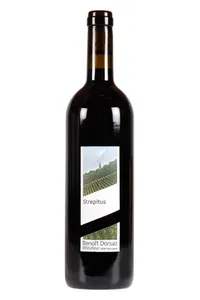
Strepitus rouge, Benoît Dorsaz - 2022
Valais

Heida (savagnin), Toli, Weingut Cipolla - 2022
Valais

Extra-Brut, Blanc de Noirs (Handgerüttelt), Weingut Adank
Schweizer Schaumwein

Pinot Noir La Part des Anges, Claudy Clavien - 2021
Valais

Humagne rouge, Claudy Clavien - 2022
Valais

VdP, Pinot gris sur Schiste VT, Phusis - S. Bettschen (37.5 cl) - 2015
Vin de Pays Romand
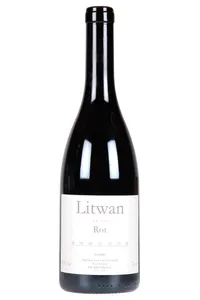
Aargau, Litwan rouge (pinot noir), Tom Litwan - 2021
Argovie
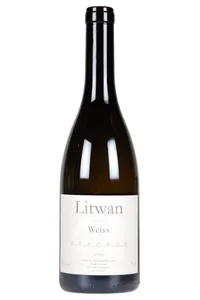
Aargau, Litwan blanc (chardonnay), Tom Litwan - 2021
Argovie

VdP, Iconique Pinot Noir, Dom. le Gd-Clos, J-M Novelle - 2022
Vin de Pays Romand

Genève, Altesse, Domaine d'Esize - Ch. Bosson - 2022
Geneva

Genève, Chardonnay, Domaine d'Esize - Ch. Bosson - 2022
Geneva

Genève, Savagnin, Domaine d'Esize - Ch. Bosson - 2022
Geneva

Lavaux, Mondeuse Vin du Bacouni, Mermetus - Chollet (37.5 cl) - 2022
Lavaux
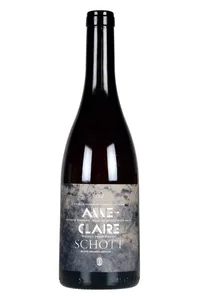
Bielersee, Aroma der Landschaft, Blanc (vin orange), Schott - 2022
Bielersee

La Côte, La Colombe noire Réserve, Colombe - R. Paccot - 2021
La Côte

La Côte, Sauvignon blanc, Colombe - R. Paccot - 2022
La Côte

Petite Arvine, Cuvée ARIA, Jacques Perrin - 2022
Valais

Ermitage, Cave des Amandiers - A. Deletraz - 2021
Valais
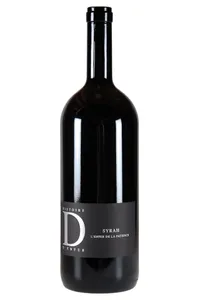
Syrah Enfer de la Patience, Histoire d'Enfer (magnum) - 2017
Valais

Valais, Assemblage Trois Amis, M.-Th. Chappaz - 2022
Valais
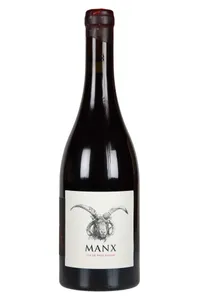
VdP Suisse, Manx, Aries Wines - Paul Boeuf - 2021
Vin de Pays Romand
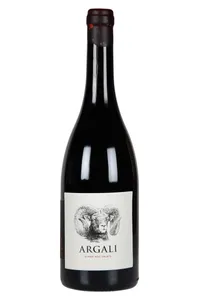
Syrah Argali, Aries Wines - Paul Boeuf - 2021
Valais

Cornalin Carmin des Pierres, Claudy Clavien - 2021
Valais

Païen Larmes du Terroir (savagnin), Claudy Clavien - 2022
Valais

Graubünden, Completer Malanserrebe, Donatsch - 2023
Graubünden

Syrah, Cave des Amandiers - A. Deletraz (late released) - 2014
Valais

La Côte, La Colombe rouge Réserve, Colombe - R. Paccot - 2021
La Côte

Ma Petite arvine, Gérard Dorsaz - 2022
Valais

Genève, Gamay, Les Parcelles - L. Villard - 2023
Geneva

Genève, Pinot Noir Sélection, Les Parcelles - L. Villard - 2023
Geneva

Genève, Gamaret, Les Parcelles - L. Villard - 2023
Geneva

VdP, Iconique Merlot, Le Gd-Clos, J-M Novelle - 2019
Vin de Pays Romand

VdP, Iconique Syrah, Le Gd-Clos, J-M Novelle - 2019
Vin de Pays Romand

Gamay d'Euloz, Cave des Amandiers - A. Deletraz - 2021
Valais
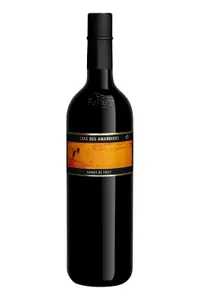
Gamay de Fully, Cave des Amandiers - A. Deletraz - 2022
Valais
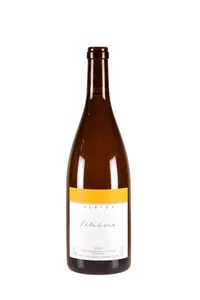
Ticino, Velabona (chardonnay), Christian Zündel - 2022
Ticino

Ticino, Velabona (chardonnay), Christian Zündel (magnum) - 2022
Ticino

Ticino, Terraferma, Christian Zündel - 2022
Merlot del Ticino

Neuchâtel, Les Chaux (chasselas), Ruedin - 2022
Neuchâtel
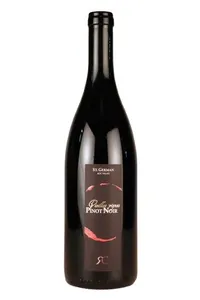
Pinot Noir, Vieilles Vignes, Weingut Cipolla - 2022
Valais
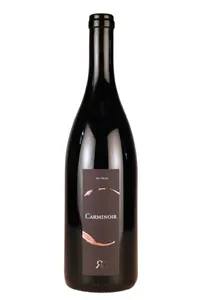
Carminoir, Weingut Cipolla - 2022
Valais
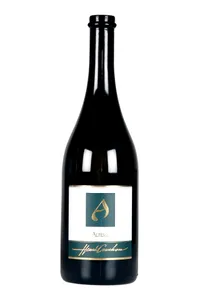
La Côte AOC, Altesse, Domaine H. Cruchon - 2023
La Côte
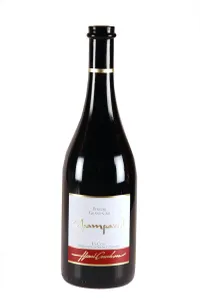
La Côte AOC, Pinot Noir Champanel GC, Domaine H. Cruchon - 2022
La Côte
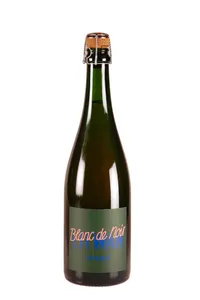
Aargau, Extra-Brut - Blanc de noirs (pinot noir), Tom Litwan - 2019
Argovie
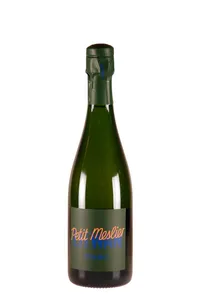
Aargau, Extra-Brut - Petit Meslier, Tom Litwan - 2019
Argovie
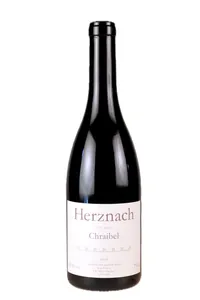
Aargau, Pinot Noir Herznach Chraibel, Tom Litwan - 2020
Argovie
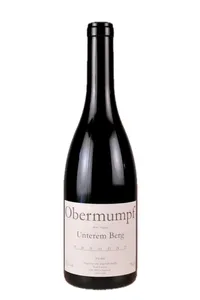
Aargau, Obermumpf unterem Berg, Tom Litwan - 2022
Argovie
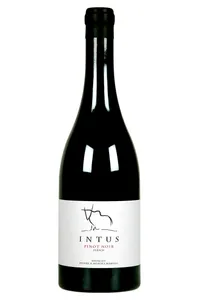
Fläscher, Pinot Noir Intus, Weingut Bovel - 2021
Fläsch
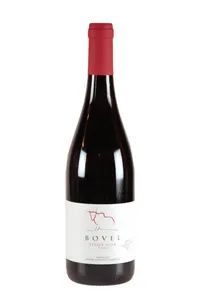
Fläscher, Pinot Noir Sélection, Weingut Bovel - 2022
Fläsch

Dôle La Liaudisaz, M.-Th. Chappaz - 2023
Valais

Petite Arvine, Maurice Zufferey - 2023
Valais

Astrance, Maurice Zufferey & Jacques Perrin - 2020
Valais

Tout ce qui flotte dans l'air..., Maurice Zufferey & Jacques Perrin - 2020
Valais

Fendant, Herbsttag, Weingut Cipolla - 2023
Valais

Valais, Les Eclats d'Ame, Claudy Clavien - 2023
Valais
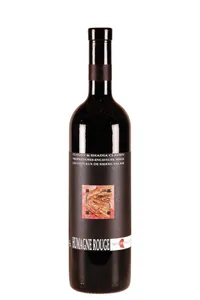
Humagne rouge, Claudy Clavien - 2023
Valais

Syrah, Claudy Clavien - 2023
Valais

Valais, Les Etats d'Ame, Claudy Clavien - 2022
Valais
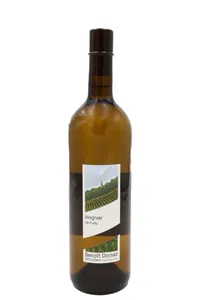
Viognier de Fully, Benoît Dorsaz - 2023
Valais

Petite Arvine Quintessence, Benoît Dorsaz - 2022
Valais

Strepitus rouge, Benoît Dorsaz - 2023
Valais

Syrah Quintessence, Benoît Dorsaz - 2022
Valais

Humagne blanche, Valentina Andrei - 2023
Valais

Païen (savagnin), Valentina Andrei - 2023
Valais
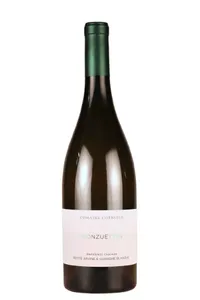
Empreinte Calcaire, Clos des Monzuettes, Cornulus - 2023
Valais
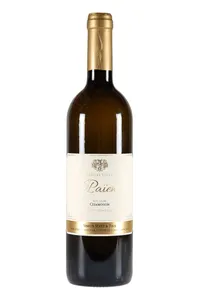
Païen de Chamoson V.V., Simon Maye et Fils - 2022
Valais
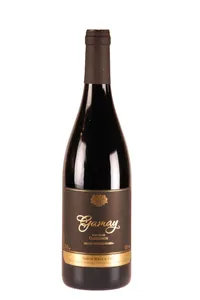
Gamay, Prés-des-Pierres, Simon Maye et Fils - 2023
Valais
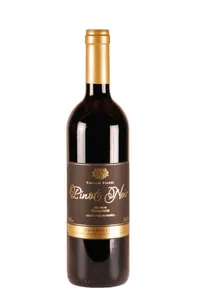
Pinot Noir V.V., Prés-des-Pierres, Simon Maye et Fils - 2022
Valais
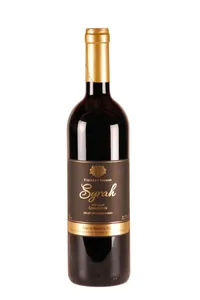
Syrah de Chamoson V.V., Prés-des-Pierres, Simon Maye et Fils - 2022
Valais
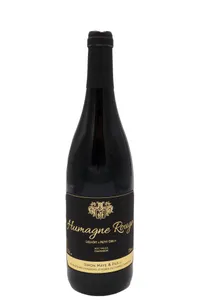
Humagne rouge, Petit Gru, Simon Maye et Fils - 2023
Valais
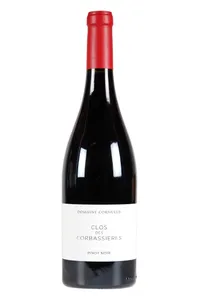
Pinot Noir, Clos des Corbassières, Cornulus - 2023
Valais

La Côte, Gamay, Le Satyre - 2023
La Côte

Fläscher Sauvignon blanc, Weingut Adank - 2023
Graubünden

Fläscher, Chardonnay, Weingut Adank - 2023
Graubünden

Graubünden, Pinot Noir, Weingut Adank - 2023
Graubünden

Fläscher, Pinot Noir Barrique, Weingut Adank - 2022
Graubünden

Pinot Noir RhEIN, Weingut Adank - 2021
Graubünden

Fläscher, Chardonnay Am Berg, Weingut Adank - 2023
Graubünden
